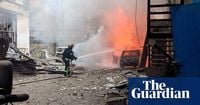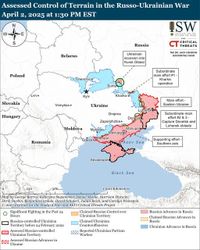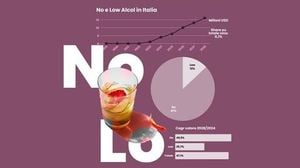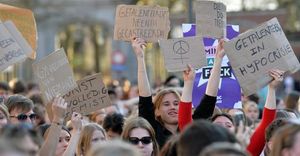In a significant development in the ongoing conflict between Russia and Ukraine, Vladimir Putin's investment envoy Kirill Dmitriev met with U.S. officials in Washington on April 2, 2025. This marks the first visit by a high-ranking Russian official to the U.S. since the onset of the full-scale war in February 2022. Dmitriev's trip comes amid ongoing discussions about potential business dealings between the Trump administration and Moscow, despite the latter's refusal to agree to a ceasefire.
The meeting's agenda remains unclear, but Dmitriev's close ties with the Trump team date back to the 2016 election, during which Russian interference was extensively documented in the Mueller investigation. Notably, the Trump administration did not include Russia on a newly expanded list of countries facing heavy tariffs, while Ukraine was subjected to a 10% levy.
In the midst of these diplomatic maneuvers, the human toll of the war continues to escalate. On the same day as Dmitriev's meeting, a Russian missile strike in Kryvyi Rig, the hometown of Ukrainian President Volodymyr Zelenskyy, killed at least four individuals and injured 14 others. The attack targeted civilian infrastructure, resulting in a large fire and prompting a rescue operation. Earlier, another strike in Zaporizhzhia claimed the life of a 45-year-old man when a missile hit parked cars outside a residential area.
Russian forces also unleashed a barrage of 17 Shahed drones on Kharkiv, Ukraine's second-largest city, causing injuries to five people and triggering fires in the region. This attack followed earlier strikes that had already inflicted damage on civilian areas.
Amid the violence, NATO allies have pledged over €20 billion in military support for Ukraine in the first three months of 2025. This commitment highlights the ongoing support from Western nations as they seek to bolster Ukraine's defenses against Russian aggression. Foreign ministers from NATO member states are set to convene in Brussels to discuss further assistance for Ukraine.
In a related development, a group of U.S. senators is advocating for secondary sanctions against countries that maintain friendly relations with Russia, should Moscow continue to disrupt peace negotiations. Proposed measures include imposing tariffs of up to 500% on imports from nations that purchase fuel and uranium from Russia.
Despite ongoing hostilities, the Trump administration has yet to fulfill its promise to broker a ceasefire, with Ukraine offering an unconditional 30-day ceasefire that Russia has rejected. Meanwhile, Ukrainian authorities are pursuing legal action against five suspects involved in a military procurement scandal that led to wartime anti-corruption reforms, alleging embezzlement of millions intended for troop support.
Cybersecurity remains a concern as well, with the IT systems of Polish Prime Minister Donald Tusk’s Civic Platform party reportedly targeted by a cyber-attack. Poland's role in assisting Ukraine has made it a key target for Russian security services, heightening fears of foreign interference ahead of its upcoming presidential election.
As the war drags on, the implications of these developments are significant, not only for Ukraine but also for the broader geopolitical landscape. The ongoing conflict has led to increased military spending and a reevaluation of alliances, particularly within Europe. With NATO's commitment to Ukraine's defense, the alliance appears steadfast in its support, even as the Trump administration navigates its relationship with Moscow.
The situation remains fluid, with both sides accusing each other of new attacks on energy facilities. As the conflict continues, the human and environmental costs mount, with reports indicating that the war has caused extensive ecological damage and loss of life.
As Ukraine grapples with the ramifications of the war, the international community watches closely, aware that the outcome of these negotiations and military engagements will shape the future of Eastern Europe and beyond.







